Words by Johanna Harlow
Olivia Allen-Price wants answers. “If I see something, I’m pulling out my phone and looking it up—and then finding myself down a rabbit hole of Wikipedia clicks, 10 clicks deep,” chuckles the San Mateo resident. It’s a mindset that suits her career as a journalist. “Getting to immerse myself in all these different worlds from week to week keeps me on my toes,” she says. “Bay Curious is that, on steroids.”
Bay Curious, a KQED show that Olivia hosts, fields Bay Area-specific questions from listeners. Why are there ships buried under the streets of San Francisco? Why do we have so many palm trees? Is there really a volcano in the East Bay Hills? Olivia and her team track down the truth.
The program started as a pet project while Olivia worked as the radio station’s engagement producer. When they asked her to act as the show’s official host, it came as a surprise. “My background has been as a newspaper reporter. I was comfortable with the written word… I had never spoken into a microphone.” Olivia breaks into a smile. “It was kind of my lean-in moment.”
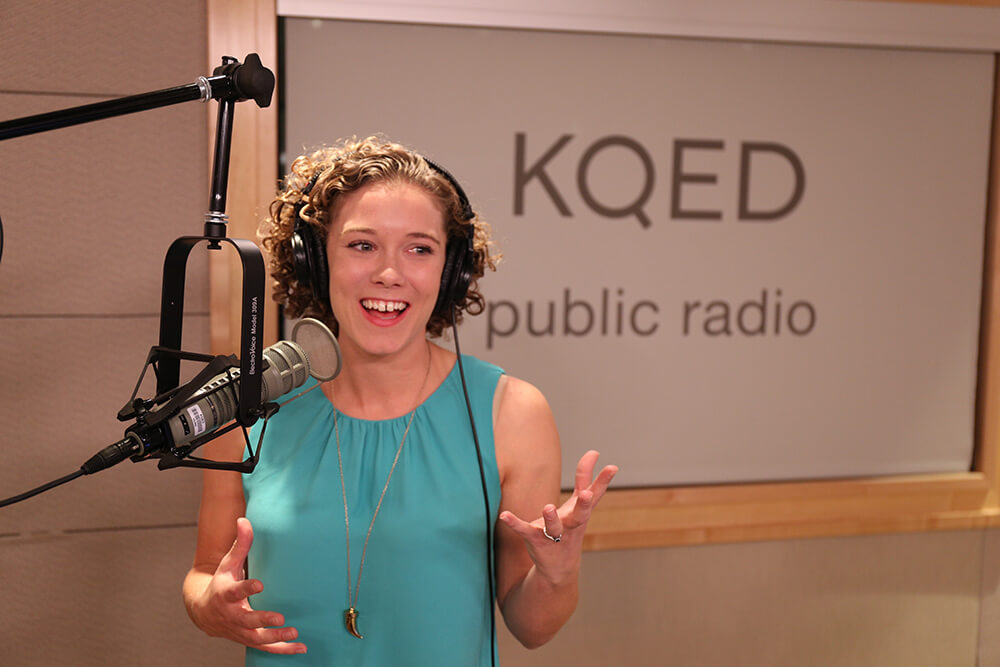
Cover Photo Courtesy of: Chronicle Books / Photo Courtesy of: Adam Groosberg – KQED
Over the years, Olivia’s evolved as a host. “Early on, I was kind of figuring out, ‘What is my personality as a host? Am I funny? Sincere? Snarky? Irreverent?’ Trying on some different adjectives and trying to figure out what felt like the right fit for the show.” Her verdict? “I try to embody curiosity because that is at the heart of the show,” she reflects. “And to me, curiosity is an openness to learning whatever’s going to come your way.”
Recently, Olivia published a book fueled by the podcast’s previous episodes as well as some brand-new stories. “I truly think almost anything can be interesting if the right person is telling you the story,” she says.
Stay tuned for a few answers to questions you’ve probably been wondering about for years.
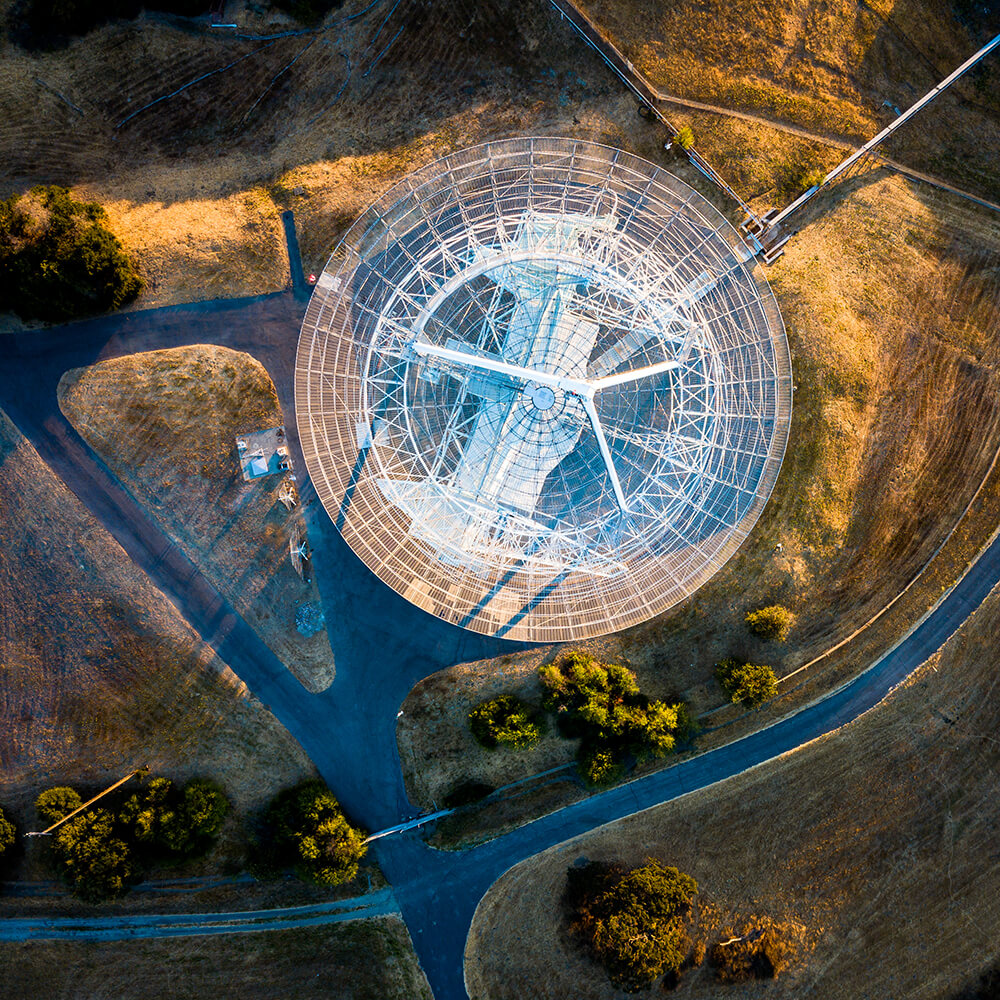
Are the rumors about the Stanford Dish searching for aliens true?
There’s something about a behemoth satellite dish pointed heavenwards that seems straight from sci-fi. But this 150-foot-wide radio telescope sprouting from the Stanford foothills was built not to listen in on little green men, but to Soviets. Motivated by the Cold War—specifically the Soviet Union’s launching of Sputnik 1, the world’s first artificial space satellite—the Department of Defense commissioned the Dish’s construction. This allowed Stanford University scientists to listen to Soviet signals as they bounced off the moon. Later, the Dish communicated with several NASA space probes and helped map Venus’ atmosphere via signals sent to the Mariner probe. Still operational today, it aids in satellite calibrations and spacecraft command. Olivia says (a little enviously) that her KQED field reporter got invited to step into the Dish’s observation deck to check out the control console. “All the buttons and switches are Sputnik-era, like a 1960s throwback,” she describes. “It’s almost like you’re on a movie set.”
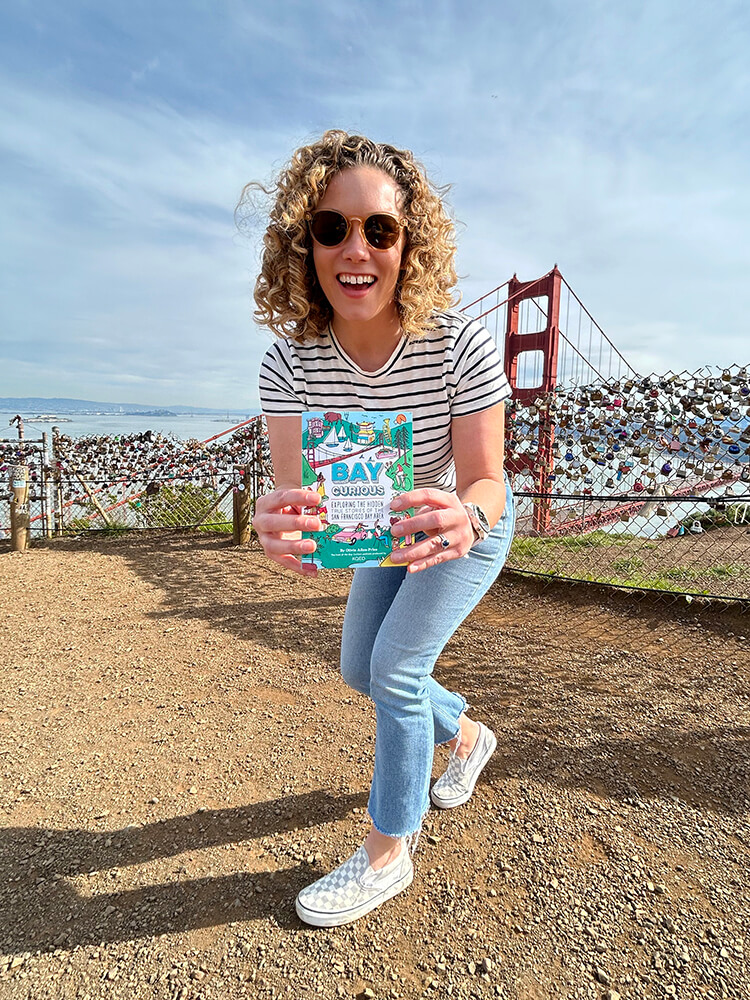
Photo Courtesy of: Mandy Padgett
Did Monterey Jack Cheese really come from Monterey?
Olivia acknowledges that Monterey, our neighbor to the south, has laid claim to Monterey Jack cheese, crediting it to David Jacks. This Scottish scoundrel was among many hopefuls flocking to California for the Gold Rush. “He didn’t have much luck with gold, but still amassed a small fortune selling weapons,” Olivia says. Later, he acquired most of Monterey County through a series of shady land deals and money lending. “He wasn’t a beloved local figure,” she notes. “He becomes kind of the de facto landlord of a lot of the people who are living in Monterey.” This included a multitude of dairies—one of which was making a mild white cheese. He stuck his name on it. “That’s the predominant story,” Olivia says. “But there’s an alternate version.” Enter Stefano Mori, an Italian immigrant who settled just south of Pacifica, on what’s now known as Mori Point. “A family friend steals that recipe and then starts making it at the dairies down in Monterey,” Olivia says. “So the next time you’re at a deli ordering a sandwich and you get it with Monterey Jack, you can shake your fist—maybe it should actually be Pacifica Jack.”
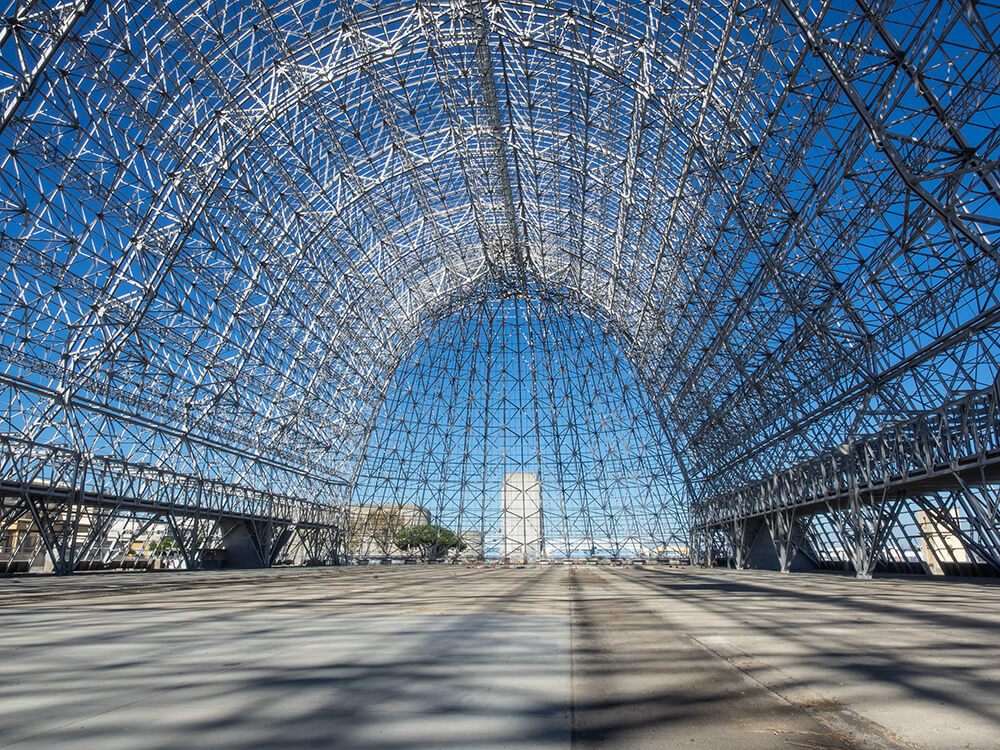
What was the original purpose of Hangar One at Moffett Field?
The lofty Hangar One was built to house a 785-foot-long dirigible called the USS Macon. It was constructed soon after Santa Clara County residents sold Moffett Field to the U.S. Navy for the price of one dollar back in 1931. “Quite a deal, even in its time,” Olivia says. Used for reconnaissance, the Macon could carry four airplanes, then release them via an arm called the trapeze. “The airplanes would do their scouting mission and then come back and get caught by that arm and brought back into this giant blimp,” she describes. “Ultimately, the USS Macon met a tragic end.” It went down off the coast of Big Sur, after less than two years of flights. “Two people died in that crash—but 81 didn’t … Ultimately, dirigibles went out of favor because they almost all crashed. The Hindenburg happened a couple years after that.”
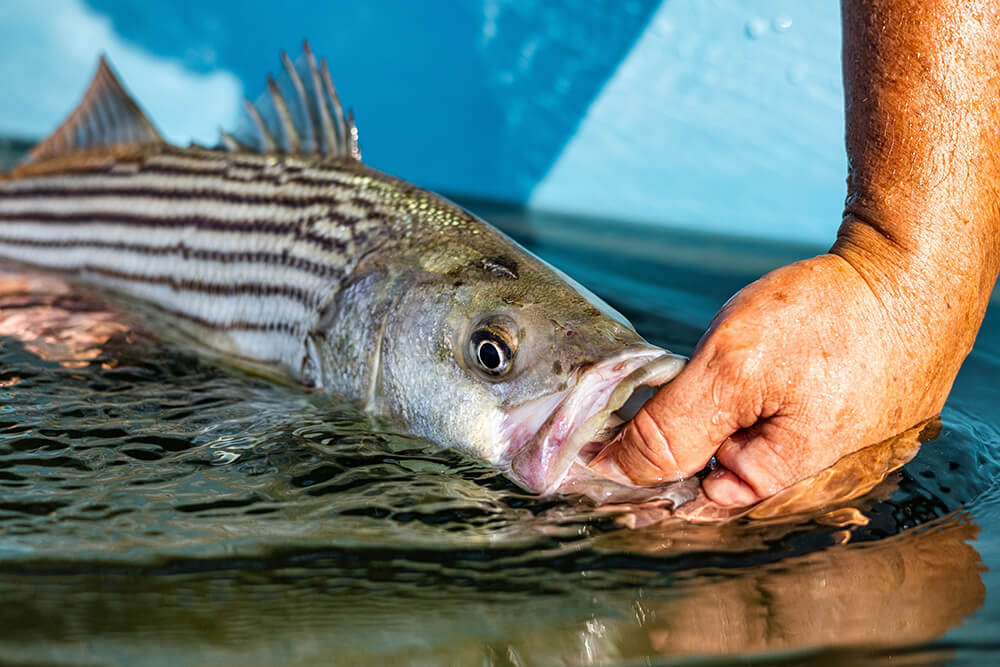
Why do people park on Highway 101 near Brisbane?
There’s a stretch of road along Highway 101, between the Bay and the Brisbane Lagoon, where you’ll regularly find cars pulled over on the shoulder, disregarding several signs that shout: “NO PARKING.” So what’s worth risking a ticket? This place, known as “the tubes,” allows fish to swim between the Bay and the lagoon to spawn. “There’s a fish highway right there on 101,” Olivia quips. Fisherfolk, taking advantage of the schools swimming in and out, wait at the entry to catch halibut, striped bass and even stingrays. “Fishermen are so wily,” she says. “It’s like the whole food chain’s congregating there.”
Olivia adds that this particular podcast episode segued into a larger story about local fishing spots—and Bay Curious’ field reporter ended up crab fishing on a paddleboard. After bringing her catch back home to Berkeley, reporter Katrina Schwartz recalls, “I had to pull them, alive and angry, from a cooler using these tiny kitchen tongs that were not up to the job.” One of the crafty crustaceans tried to flee the premises. “It was crawling towards her door,” Olivia laughs. “What if this crab had gotten out and it was just roaming around Berkeley? Lost crab!”


